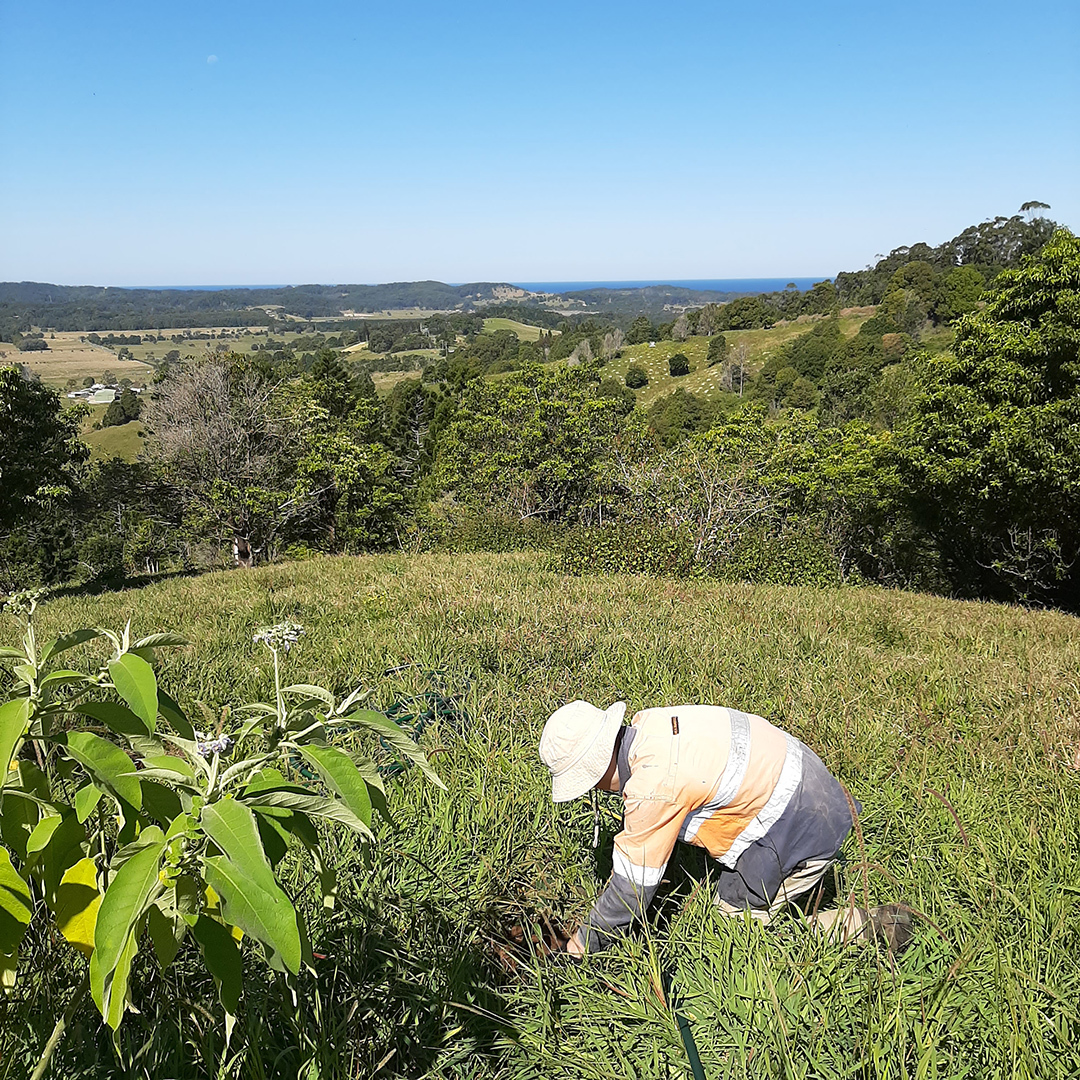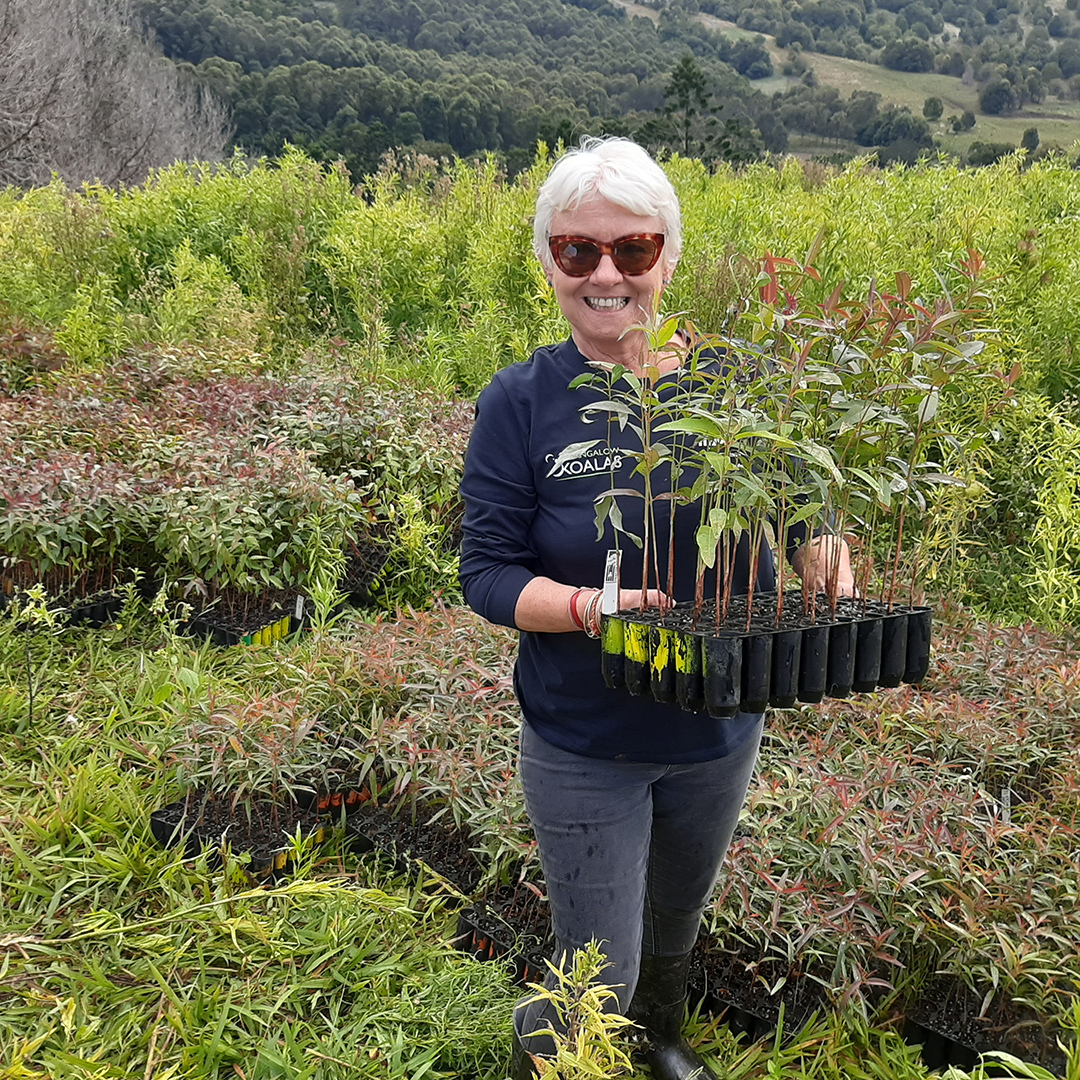Koala Protection: Rescue, Rehabilitate, Release, and Secure - Australia, New South Wales
Planting a future for koalas, one tree at a timeplanting trees and restoring habitat to save koalas
planting trees and restoring habitat to save koalas

Without trees, the iconic koala won’t survive.
The 2019-20 Australian bushfire season was called the ‘Black Summer’ for a reason – it was a devastating time for the land and animals across the country.
The blazes scorched the landscape and shattered the New South Wales koala population.
But through charred ground comes new hope as Australians continue to come together to save the future of their native species.
At the core of this is habitat restoration. By rebuilding vital wildlife corridors we’re giving our iconic koalas and other native species the safe refuges they so desperately need.
Given that habitat destruction is already the number one threat to koalas, now more than ever we must rebuild and restore their critical habitat.
Restoring a crucial wildlife corridor
Before the bushfires, IFAW was already working with our partner Bangalow Koalas to restore a crucial wildlife corridor near Byron Bay in the Northern Rivers region.
This region of fertile river valleys and lush forests is a stronghold for koalas and is home to a significant koala population which could hold the key to the future survival of the species.
We are determined to restore and protect this region because when species face the threat of extinction, each individual animal counts to the survival of that species.
IFAW and Bangalow Koalas are striving to revegetate this land by working with private landholders and holding community tree-planting events.
During our recent joint tree-planting day in August, IFAW funded the planting of 5,000 koala food trees on a private 100-acre property in Coopers Shoot. The property, owned by Claire Oelrichs, is steep and challenging to work on, but is an integral part of the important koala corridor. With the help of dozens of dedicated volunteers, we planted 5,000 trees over three days.
Over the last 15 years about 50,000 trees have been planted on Claire’s property to create a safe haven for coastal koalas into the future.
Together with Bangalow Koalas, we have planted more than 12,000 trees on four properties in the region. To date, Bangalow Koalas has planted more than 73,000 trees along the crucial corridor on 33 properties.

Being a part of the solution
While these community projects are key to helping our wildlife, they also instill a desire for local landowners to be part of the solution.
IFAW is committed to being a part of the solution by ensuring our work involves not only rescue and rehabilitation but recovery and restoration.
Our Northern Rivers project – like many others – includes a combination of rescue, rehabilitation, landscape conservation, and policy work to secure a sustainable future for our wildlife and planet.
Our work has continued as we partner with more groups to expand our restoration efforts, including the Great Eastern Ranges, a large-scale conservation initiative to restore and reconnect 3,600km of land from Far North Queensland to Western Victoria.
Finding ways for people and animals to co-exist
This investment in restoration and regrowth – much like our commitment to securing the migration routes of elephants in Africa and India and whales in the north Atlantic, Indian Ocean and more - will support generations of animals to come.
Just as koalas could once be spotted in the wild, elephants used to travel freely across unpopulated lands in Africa and North Atlantic right whales once lived full and productive lives.
Now, the future survival of all three species is under threat.
Koalas could become extinct by 2050 if they aren’t given greater protections and a secured habitat. We could lose Africa’s elephants in the next 40 years if rates of habitat loss combined with deaths from poaching continue. If right whales continue to be exposed to ship collisions and net entanglements, we will lose them.
Now, more than ever, we must find successful ways to co-exist with and protect our wildlife.
Together with our partners, we’re on the ground connecting protected spaces to create the room these species need to roam.
Our goal is to increase the chances of survival of our wildlife and help animals and people thrive together.
Related content
Our work can’t get done without you. Please give what you can to help animals thrive.